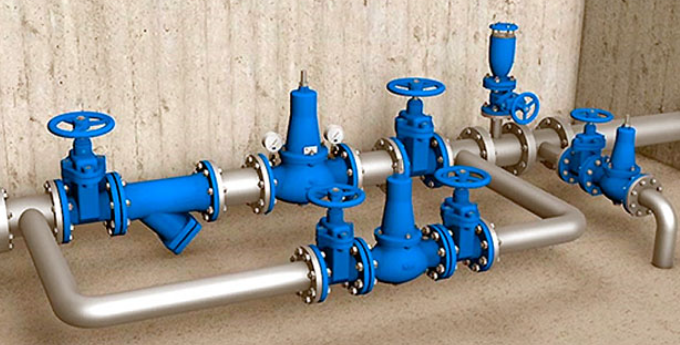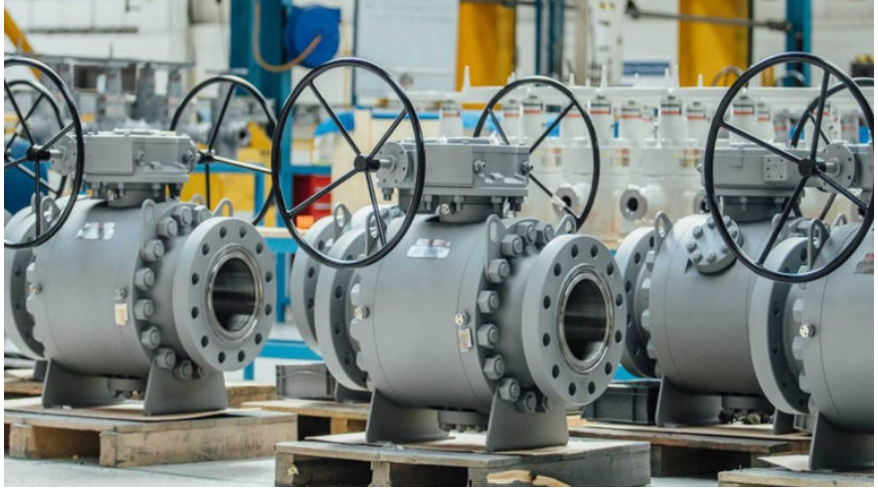Flow control valves are important devices that are widely used to regulate, control, or direct the flow of fluids or gases.Types of flow control valves

Gate valves are simple valves that are usually used for on/off functions. The gate moves up or down on a threaded step when the operator rotates the stem in either a clockwise or anti-clockwise direction. They are ‘multi-turn’ valves because they must be turned several times to go from open to closed. They can be used for fluids and gases.
Globe valves are linear motion valves. They utilise a plug that is lowered onto a horizontal seat in the middle of the valve. When the valve is opened, the plug lifts and allows the fluid to flow. The valve can be completely removed from the flow path (allowing unobstructed flow) or can completely close it (blocking the flow).
Pinch valves are flex-body valves which are ideal for controlling the flow of slurries, cement, or liquids which contain suspended solids. These valves use flexible elements such as rubber tubes which when ‘pinched’ (either mechanically or through fluid pressure) turn off the flow.
Diaphragm valves are made up of a valve body, a diaphragm, and a ‘seat’ on which the diaphragm closes the valve. The diaphragm is pressure-responsive and flexible and controls whether the valve is open or closed. These valves are an excellent choice for dealing with corrosive, erosive, or dirty materials.
Needle valves consist of a threaded needle-shaped plunger and a small port. They offer precise and small-level throttling of flow. They are used in a range of industries including biofuels, petrochemical, and medicine.
Industrial valves
In many situations, the valves must cope with harsh environments and/or high levels of pressure. This is particularly the case in the utilities industry where extra-strong industrial valves are used to control the flow of gas, oil, and water.

Other types of flow control valves include butterfly valves, plug valves, and ball valves.
